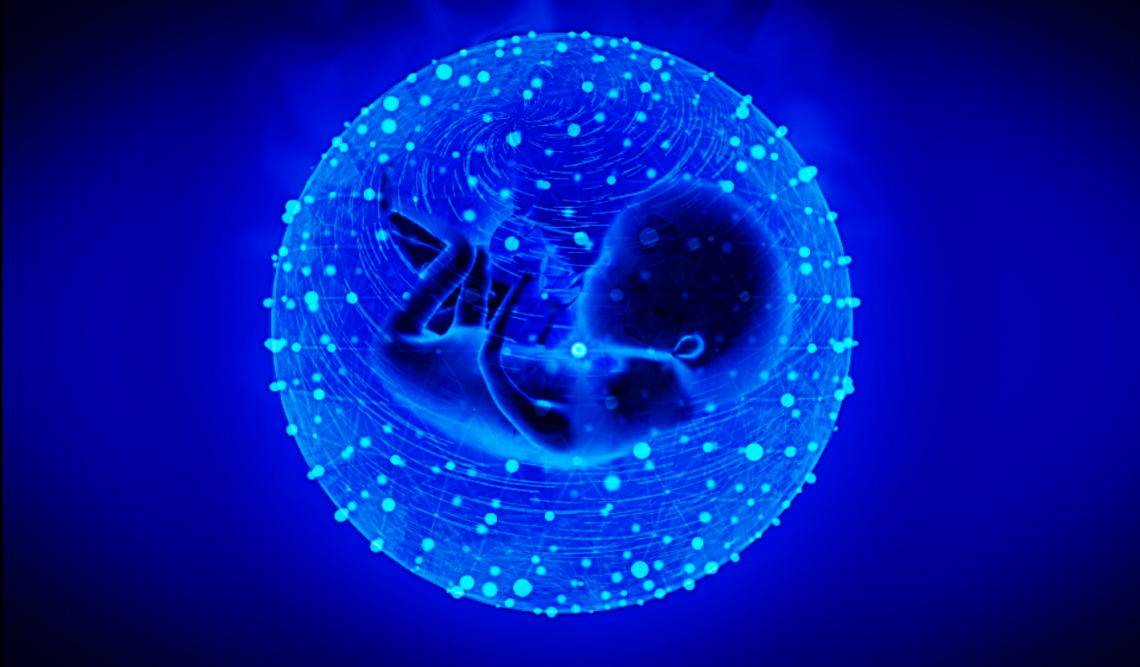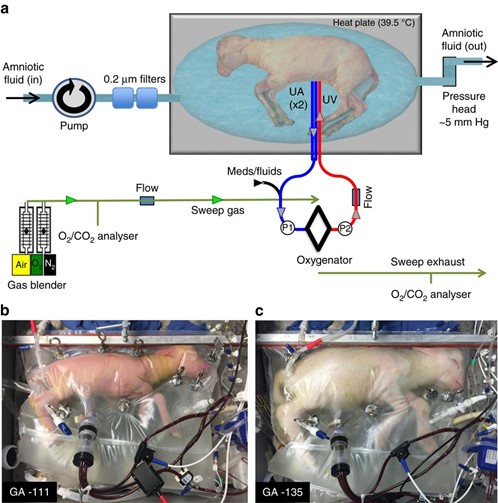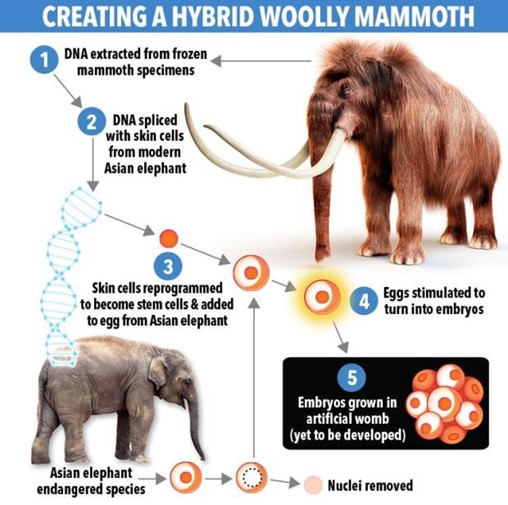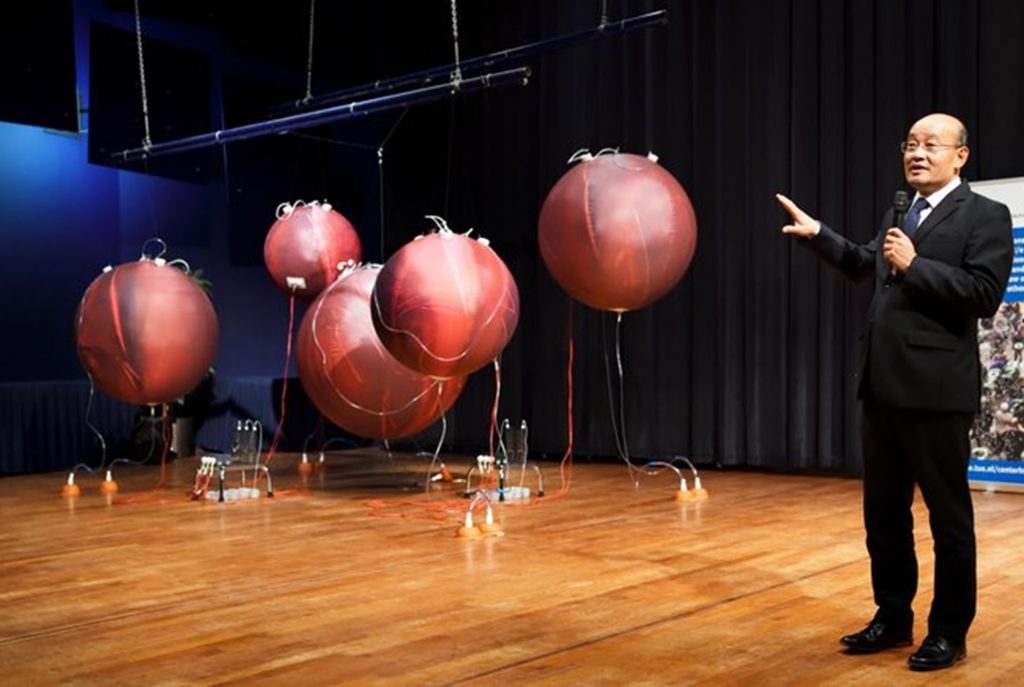by The Sharp Edge, Corey’s Digs:

The worldwide mRNA injection rollout has been an effective strategy for the globalists’ long-held depopulation agenda. Population growth has been spiraling downward for several years in America but reached historic lows during the peak of the Covid mRNA jab campaign. Birth rates and fertility have steadily declined as death rates have increased. Adding to this trend, we now know alarming statistics of fetal and baby mortality from mothers who received Covid jabs, as well as proven harms to male fertility, based on thousands of Pfizer documents released to the public. Countries around the globe are reporting dramatic declines in birth rates including Germany, UK, Switzerland, Taiwan, Sweden, Hungary, the Netherlands and China. As the global population declines due, in-part, to adverse events from the mRNA injections affecting birth and fertility, scientists backed by multimillions in funding have been working feverishly to advance artificial womb technology.
TRUTH LIVES on at https://sgtreport.tv/
Recent Artificial Womb Advancements
The concept of artificial wombs may seem like science fiction straight from the dystopian novel Brave New World, but advancements in recent years are making this technology a reality. Though many experiments using artificial wombs in the past have failed, recent research has been much more successful.
In 2017, researchers at the Children’s Hospital of Philadelphia (CHOP) successfully developed extremely premature lambs within artificial uterus environments. Researchers placed eight lambs in artificial uteruses from a gestation stage equivalent to a human baby’s development in the womb during weeks 23 and 24. The lambs were kept in the artificial wombs for four weeks while their brains and lungs matured. “If we can develop an extra-uterine system to support growth and organ maturation for only a few weeks, we can dramatically improve outcomes for extremely premature babies,” noted Senior Researcher, Alan Flake. The researchers planned to test the device on premature human babies within 3 to 5 years – by 2022. Improving the health of premature infants by means of artificial wombs is not the sole objective for CHOP, as the hospital has recently come into the spotlight for allegedly providing puberty blockers to children as young as 8 years old as well as sex reassignment surgeries to children around 14 years of age.
Since 2018, geneticist George Church, has focused on resurrecting the extinct woolly mammoth to solve – you guessed it – climate change! In September of 2021, George Church and technology entrepreneur, Ben Lamm, co-founded Colossal Biosciences backed by $75 million in funding, to revive genetically modified hybrids of extinct species such as the woolly mammoth. The de-extinction project involves combining woolly mammoth and Asian elephant DNA using CRISPR technology, then developing the genetically modified embryos to full term via artificial wombs. Since finding the right surrogates to carry the genetically modified embryos for 22 months is a challenge, the team is leaning towards the use of artificial uteruses. The group is on target to produce the first genetically modified woolly mammoth hybrid calf by 2027.
When asked during a July 2022 interview if the technology developed through the de-extinction project could be applied to humans, Church explained, “If the artificial womb works out, then that might be beneficial in certain cases in humans, but we wouldn’t want to develop that in humans because there’s a lot of ‘debugging’ that would not be ideal to do in humans. You would want to do it in animals first.” In a 2013 interview, Church opined on the potential use of genetic engineering to resurrect extinct Neanderthals. While acknowledging the legal and ethical challenges to such a venture, Church quickly added that, “laws can change.” However, Church does not seem overly concerned about the ethical dilemmas of his research, as the Harvard geneticist was eager to accept Jeffrey Epstein’s funding as well as collaborate with the Chinese company, BGI, which has been suspected of using Covid tests as a means to collect genetic information on Americans.
When co-founder Ben Lamm was asked during a September 2022 interview about the monetization potential of technologies developed through the de-extinction project he remarked, “Part of our two-pronged monetization plan is taking technologies on the path to de-extinction, whether that’s: software – which happens on the computer, wetware – which happens in the lab, or hardware – in the case of like artificial wombs or other robotics for labs… and then apply that to human healthcare… Even just one technology out of this is billions of dollars of economic value.” Investing multimillions into reviving genetically modified woolly mammoths – as an answer to climate change – may seem like a ridiculous venture until you realize there’s billions to be made in the human applications of genetic and artificial womb technologies developed by the project.
In October of 2019, Eindhoven University of Technology was awarded a 2.9 million euro grant by the Horizon 2020 EU program for the development of an artificial womb prototype to provide life support for babies who are born extremely premature. Participants in the project aim to use simulation technology and manakins to mimic the premature babies while testing their perinatal life support system. The researchers plan to complete a proof-of-principle working prototype by 2024, with the goal of their artificial wombs in use in hospitals by 2030. There’s that deadline again – 2030! “It does sound a bit like science fiction. But we won’t be doing anything illegal or advised against. Within the limits of current legislation, we’re improving neonatal care,” remarked Jasmijn Kok, who is the co-founder of Juno Perinatal Healthcare, a start-up partnered with the project. Though it does appear the project has taken measures to ensure the technology is adequately tested before it reaches human clinical trials, the statement, “we won’t be doing anything illegal,” doesn’t exactly instill confidence.
In March of 2021, Israeli scientists announced a breakthrough in using artificial womb technology to develop hundreds of mouse embryos into fetuses with fully formed organs. Though the mice died by the eleventh day, the researchers plan to develop the technology further in order to bring them to full term. The top researcher on the project who is a stem cell biologist, Prof. Jacob Hanna, stated, “This could be relevant to other mammals including humans, though we acknowledge that there are ethical issues related to growing humans outside the body.” However, Hanna went on to say in a separate interview that he believes, if the international guidelines were amended, the Israeli ethics board would sign off on further research of his artificial womb using human embryos beyond the long-held international rule limiting lab-grown embryos to a maximum of 14 days. He remarked, “Once the guidelines are updated, I can apply, and it will be approved. It’s a very important experiment,” adding, “We need to see human embryos gastrulate and form organs and start perturbing it. The benefit of growing human embryos to week three, week four, week five is invaluable. I think those experiments should at least be considered. If we can get an advanced human embryo, we can learn so much.” Week three, week four, week five… full term? Where does it end? Rapid developments in this technology are pushing the envelope on legal and ethical standards for human embryo experimentation.







